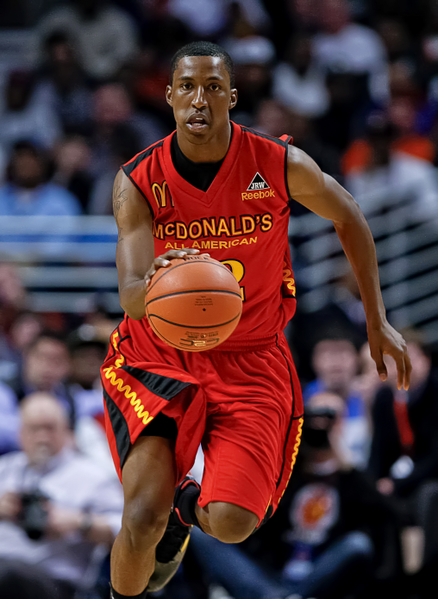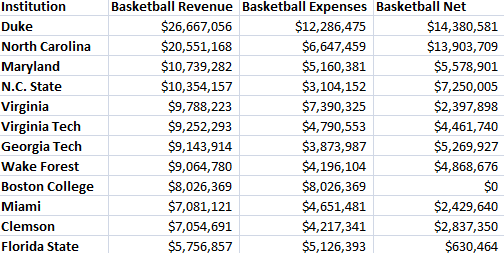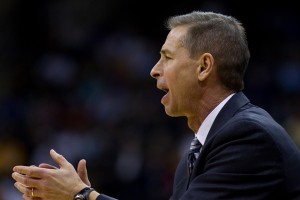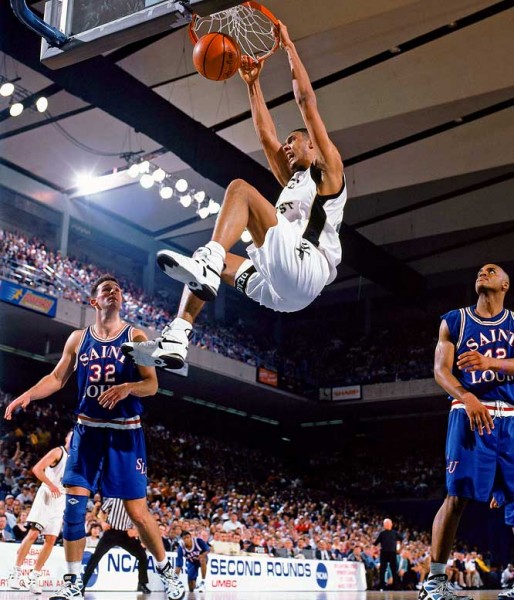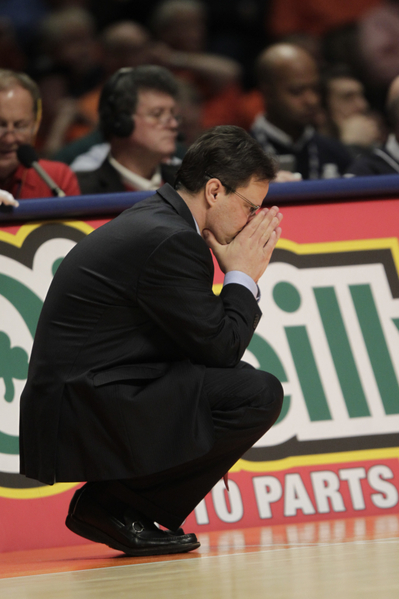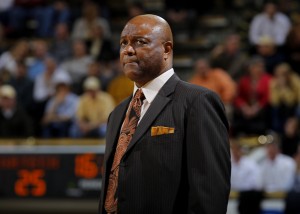College Athletes Petition the NCAA For a Piece of the Pie
Posted by mpatton on October 25th, 2011On the heels of NCAA president Mark Emmert advocating up to a $2,000 stipend to cover some of the costs of living, the Associated Press reports that more than 300 college athletes at Georgia Tech, Arizona, UCLA, Kentucky and Purdue signed a petition to ask for a percentage of the television revenue from skyrocketing deals. They sent the petition in to the NCAA last week. But this petition wasn’t just about padding student-athlete wallets — the signers want to see a portion of television revenues put into an “educational lock box” to help basketball and football players pay for future education once their eligibility is exhausted. That said, the petition also called for players to get the money “with no strings attached” upon graduating. Yellow Jacket freshman defensive end Denzel McCoy summed up athletes’ discontent well: “The things we go through, the hours we put in, what our bodies go through, we deserve some sort of (results).”
I, for one, think this is a terrific idea. Clearly, the fine economic details will need to be worked out, but using money to promote graduation and further education might be a way to keep players in school. The NCAA’s mission is to educate athletes. Unfortunately for a select few basketball and football stars, there are only potential injuries awaiting an extra year or two of college eligibility. While the money wouldn’t be nearly enough to compete with professional salaries, the lock box would at least begin to balance the scales.






























